Full speed ahead for solar ovens despite lockdown
In Marseille, the first month of lockdown has been very sunny. An opportunity for Marie-Maud, our Energy Housing Poverty Programme officer at Geres, to get out her solar oven and tell us about the principles and benefits.
Beautiful platefuls courtesy of the sun. The aim of a solar oven is above all to draw maximum benefit from the sun’s rays to heat the inside of the oven so that you can prepare whatever dishes take your fancy.
The curious can also monitor the temperature, for example by buying an oven thermometer. Here in Marseille, the temperature rose to around 150°C, with an average more like 100°C, depending on what was being heated.
The principle is simple: put the oven on a south-facing terrace and then open the reflector to pre-heat, orienting the oven towards the sun. When using the oven, it is essential to think ahead so you can be ready at the right time, as the cooking method is different and cooking times longer.
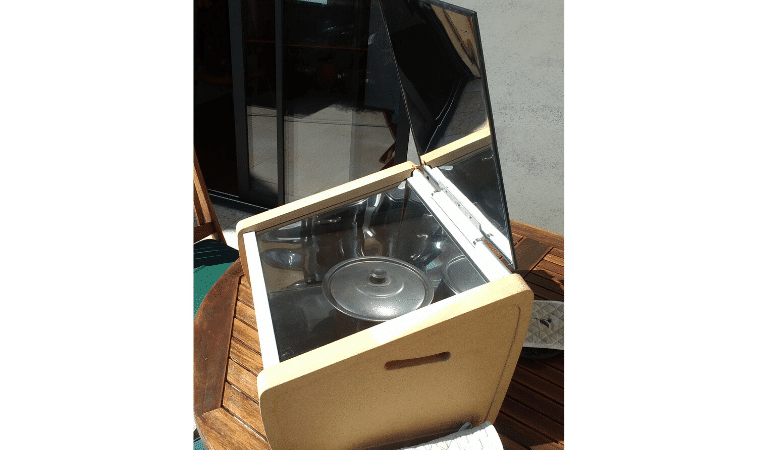
In practical terms, the solar oven is a simple box well insulated with cork on five of its walls. The tilted upper face is glazed to allow the rays of the sun to penetrate, while the inner side walls are reflecting. They help to concentrate the rays as much as possible onto the “hearth” (black painted surface). The solar input is then supplemented by a reflector placed above the oven.
For the handier amongst you: tutorials dedicated to making a solar oven are available on line!Managing the oven during cooking: how does that work?
Generally speaking, cooking time is shortened by regularly focusing the oven, turning it according to the curve of the sun. The oven can also be placed in one position and not moved during the day.
“For the moment, we haven’t yet tried to simmer a dish like this but we will probably make an attempt before the end of lockdown. Of course, the aim is to be able to use our solar oven other than at weekends, when we go back to work.”
Steaming, the simplest way
Steaming is the simplest way to cook in the solar oven. The ingredients just have to be placed in a lidded black pan, over water.
“For instance, we ourselves eat a lot of vegetables: carrots, marrow, parsnip, potatoes and courgettes, to be mixed according to taste, with or without spices. Cooking will take between two and three hours depending on the vegetable. Only leeks have proved resistant to this kind of cooking (turning out slightly dry with a pronounced bitter taste).”
Note that the lid helps to stop the steam from quickly covering the upper glass of the oven, which reduces its efficiency.
Cooking as with a classic oven, it can be done
For “classic” cooking, it is better to use transparent or black ovenproof dishes. Savoury or sweet, we weren’t shy of baking all kinds of things under lockdown: concocting fruit cakes, fondants, shortbread, even using recipes without eggs. “We even prepared a lemon tart with blind baking of the pastry, very crunchy! We can prove it … “
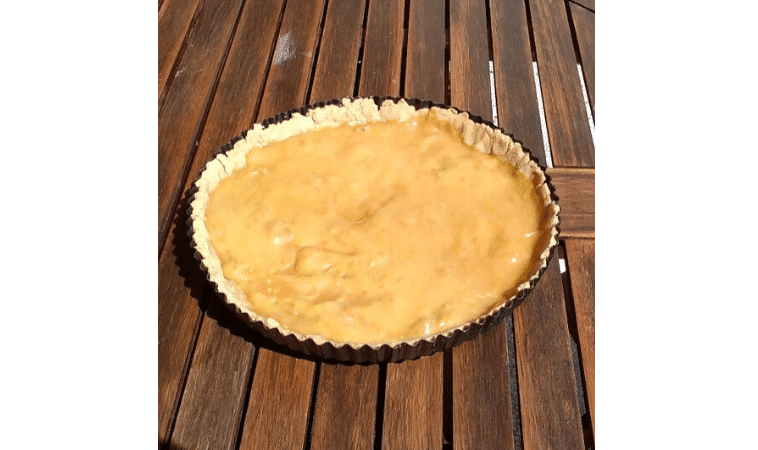
Cooking at a lower temperature (around 100-120°C) than with a classic oven produces quite interesting textures, often with a crispy outer crust (possibly due to the direct sunshine?). For some bakes, the result is almost like a meringue!
Recipes and tasty little dishes in the solar oven
On the sweet side, I recommend our favourite recipe: chocolate pudding
- 400 g of silky tofu
- Around 100 g of dessert chocolate
- Powdered cocoa (if you like very dark chocolate)
- 150 g of flour, including 50 g of rice flour
- 70 g of butter
- Sugar to taste: 50 – 70 g.
- Mix everything and cook in the oven for around 2 hours.
On the savoury side, we also tried cooking meat in the oven!
Deboned and placed in a gratin dish with chopped onions, our piece of lamb shoulder came out lightly tender and crispy on the surface after one and a half hour’s cooking. Delicious!
When the oven turns into a solar microwave
The oven can also offer an alternative to that famous bit of kit which gets a lot of use at lunchtime. In this case too, you have to think ahead but the operation is perfectly simple.
To reheat leftovers, you have to put them in the oven around one and a half hours before the meal. Glass boxes (now replacing plastic) are actually very practical. Once out of the fridge, they go in the oven as they are and, of course, without a lid!
That means, as with a microwave, you don’t have to wash up an additional pan (so long as you can be a bit patient).
Lunch at solar time
Here’s an example of using the oven on 29 March last:
- 9.30 a.m. – oven temperature: 25°C – positioning of oven and opening of reflector
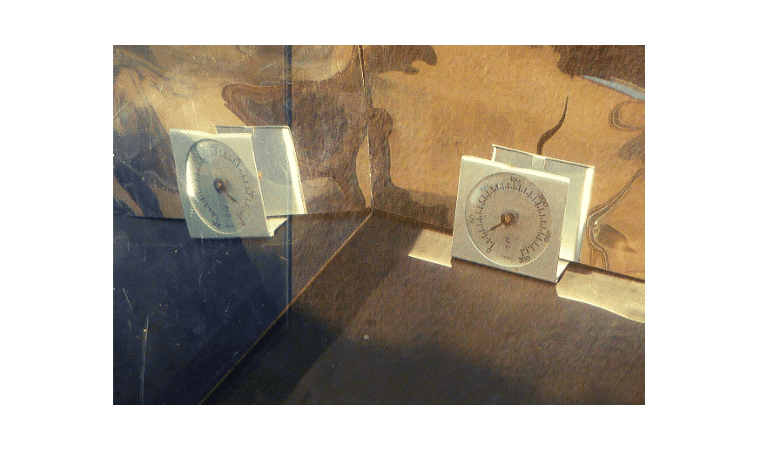
- 30 a.m. – 70°C: into the oven goes a dish of apples in blood orange juice
The oven goes back down to 60°C. - 12 noon – 110°C: the apples are cooked. Reheating of the main dish for lunch.
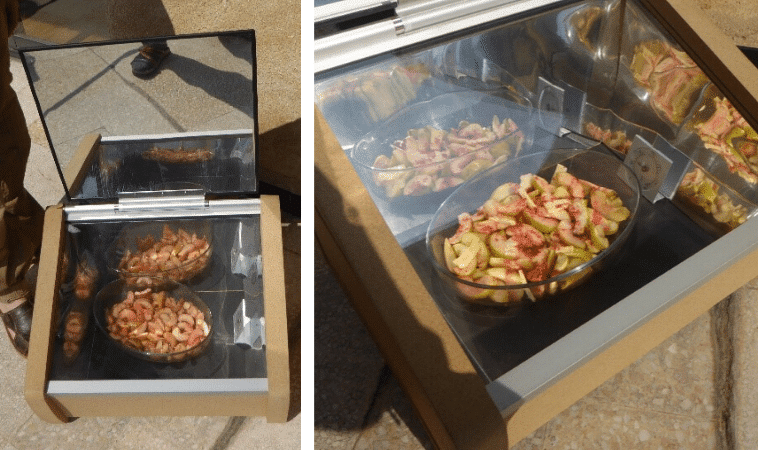
- 1 p.m. – 100°C after opening: the dish is hot, the apples go back in the oven for 15 minutes with a little honey.
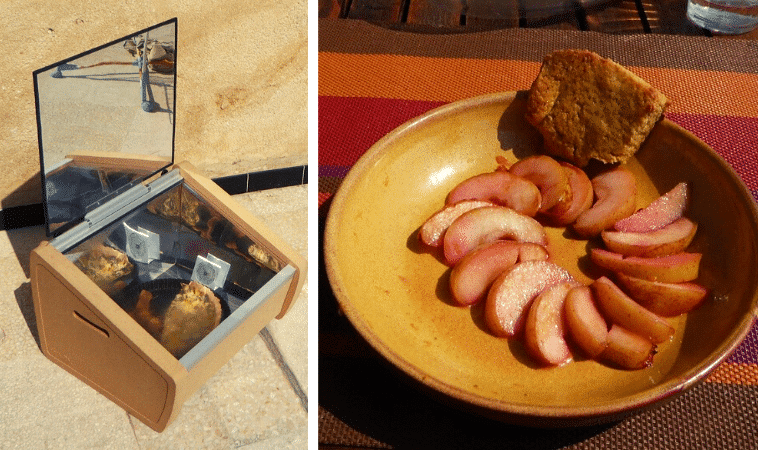
All you have to do now is enjoy.
From thinking ahead to summer time
There has been one major development since the start of lockdown: the move to summer time! And that changes quite a lot of things when it comes to using the oven (solar midday shifts by one hour, i.e. to 2 p.m.)
Here again, it’s all a matter of adjustment. Meal time is simply shifted to an hour earlier vis-à-vis solar time. You just have to think ahead a bit more and put the dishes in to cook or reheat earlier in the morning.
For example, you might want to take advantage of the hot oven in the early afternoon to cook a main dish in advance or even some sweet treats such as chocolate chip cookies made with chickpea flour.
Well, have we convinced you?
Geres news
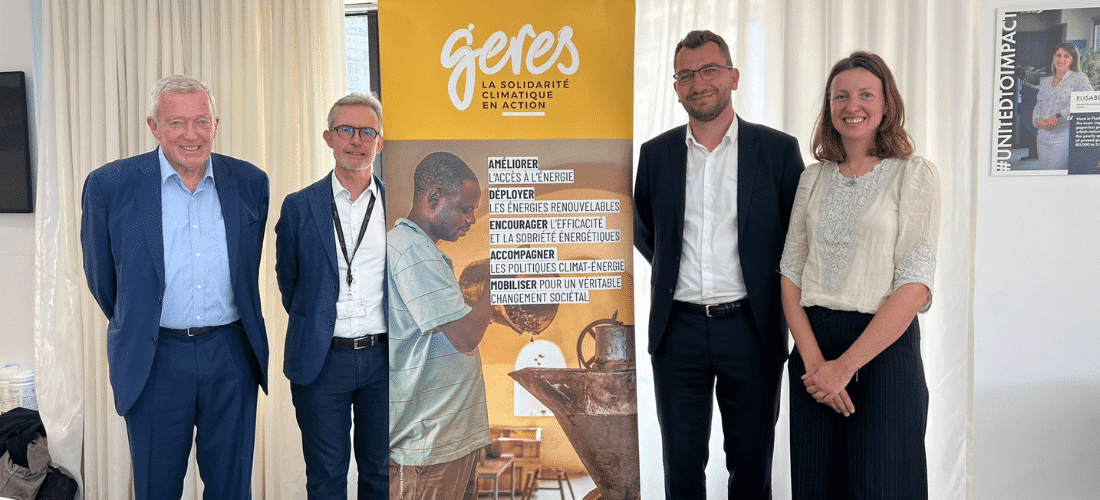
A look back at nine years of collaboration with the Nexans Foundation
On the occasion of the tenth anniversary of the Nexans Foundation, Geres was invited to testify on the last nine years of ...
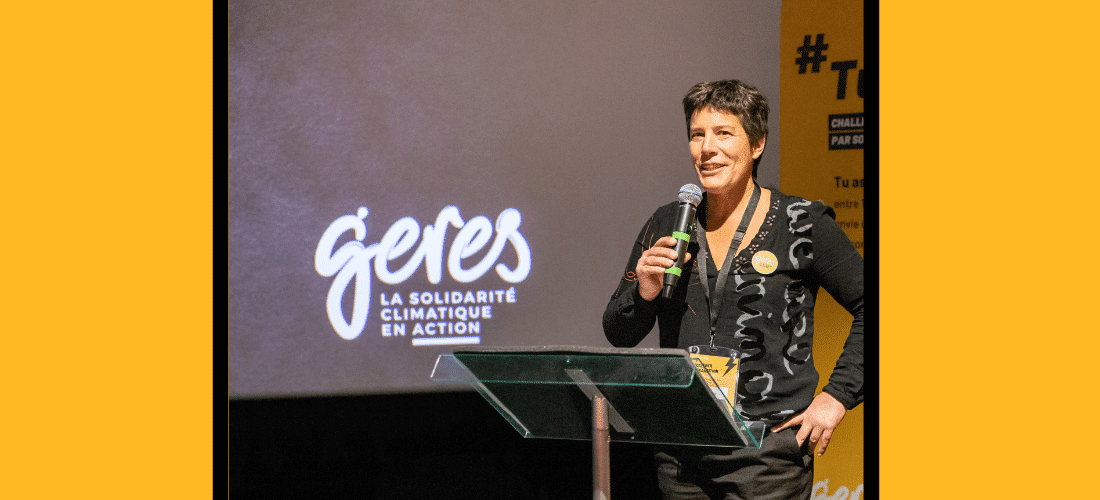
Laurence Tommasino : “In 2023, our challenge will be to step up our efforts to adapt our operating methods to different geopolitical contexts”
As we start the New Year, it's time to take stock. Laurence Tommasino, Geres executive director, tells us about the highlights for ...
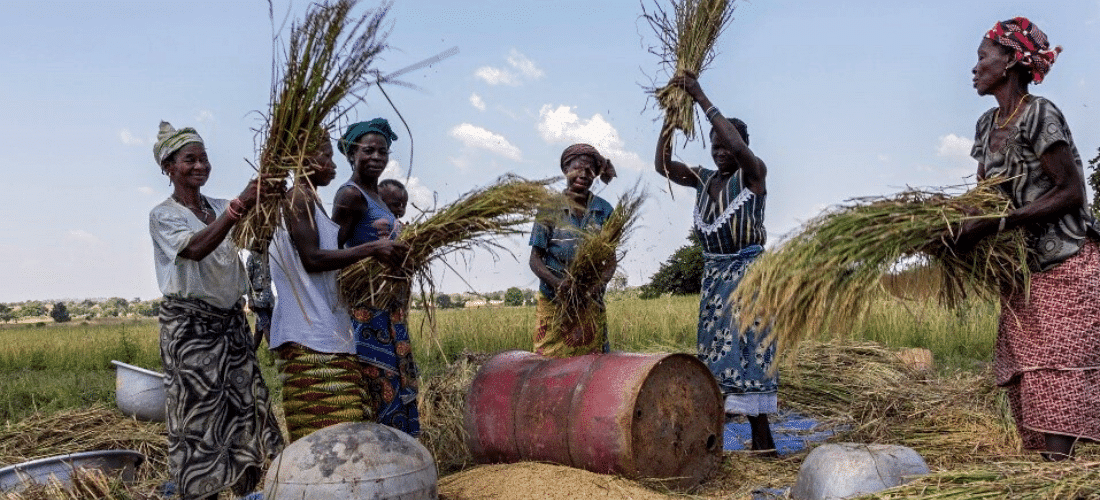
Geres is opening an office in Burkina Faso: interview with Carole Dehu, Geres country representative
It's a first: Geres is moving into Burkina Faso. We find out what's happening from Carole Dehu, Geres country representative. ...
WOULD YOU LIKE TO TAKE ACTION
AND SUPPORT WHAT WE DO?
Tell us who you are and find your means of action.
